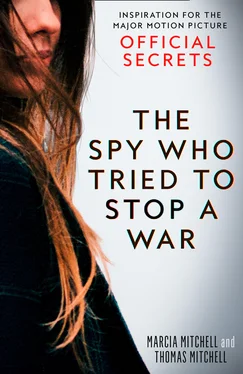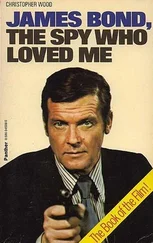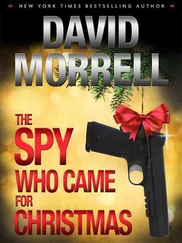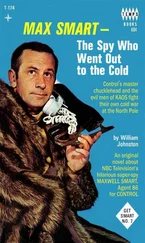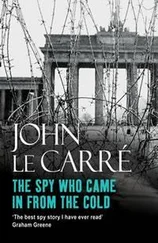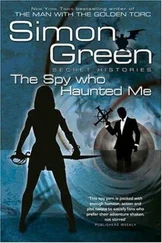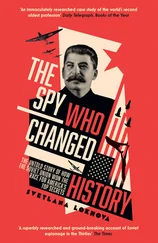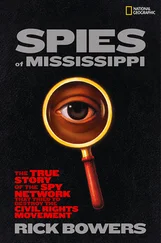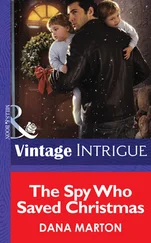In New York, among the many secret meetings going on with members of the UN Security Council that were of particular interest to Washington were those led by Chile’s Juan Gabriel Valdés and Mexico’s Adolfo Aguilar Zinser. The two were continuing the fight against a resolution definitively authorizing use of military force against Iraq. Both men were highly respected diplomats, and their colleagues were listening to their concerns.
Aguilar Zinser was particularly annoying to the United States during these intense four weeks. A lawyer and former senator, he dissected the Bush–Blair draft resolution line by line. He complained about what he believed to be obvious conflicts with international law. He threatened to ‘throw the book’ at both countries. Colin Powell met with Aguilar Zinser and reportedly shook his finger at him, ‘jokingly’ scolding him for troublemaking.
The uncooperative and obstructionist behaviour of both Valdés and Aguilar Zinser led to repeated efforts to get the diplomats replaced in their roles at the United Nations. But the anti-war heads of state in both Chile and Mexico were refusing to capitulate during this crucial period of negotiation. In Mexico, President Vincente Fox was clearly gaining prestige for refusing to respond to American pressure. Said one Mexican diplomat at the time, ‘The Americans don’t understand. The more they ask for his [Aguilar Zinser’s] resignation, the more they are hammering him into his seat.’[4] Later, the two UN diplomats would reap unfortunate rewards for their efforts, as both Chile and Mexico – bruised by White House cold shouldering – would finally give in to US demands.
Independent journalist Yvonne Ridley was sending news reports from Afghanistan following the US/UK invasion when she was captured by the Taliban, treated unexpectedly well, and eventually released. The capture and release brought Ridley a measure of fame she had not enjoyed before her unplanned adventure. At the time Jane’s message reached her, the journalist was travelling the United Kingdom on a lecture tour. Her subject was more than Afghanistan; it was her conversion.
During captivity, Yvonne became interested in Islam. Upon her return to England, she made the decision to convert. She also became, in the process, a strong anti-war protester. Yvonne was colourful, certainly controversial, and she had worked for several British newspapers.
Yvonne explained, ‘I was handed the document in the upstairs of Patisserie Valerie in Old Compton Street, Soho, by a woman I only knew as Isobel [Katharine’s ‘Jane’] … a name I had given her when we first met at an anti-war meeting in Bristol the previous year. When I looked at the document, I was almost shaking with excitement but tried to remain calm and impassive – as an investigative journalist should – but my stomach was doing turns. Judging from previous intelligence documents I’d encountered, I felt this was the real thing because it looked so ordinary. No red stamp in thirty-point shouting TOP SECRET. It was far more subtle than that. Its real significance was hidden in the rubrics or lettering and numbers which, when translated by an intelligence contact later, revealed the document to be highly classified.[5]
‘It was the real thing. I called a former colleague of mine on the Daily Mirror . I was crestfallen when, after being badgered by me daily, he said that no one in the newsroom had been able to authenticate it and therefore it could not be used. However, journalist Chris Hughes did return it to me by a high-speed bike through Canary Wharf back to my home in Soho.’
Next, Yvonne did the obvious. She called Martin Bright, the London Observer ’s home affairs editor. His title seems misleading, as he is an expert in international affairs, human rights, and Islamic issues – in concerns that seem outside the realm of ‘home affairs’. Yvonne and Martin were old friends, and over the years, the two journalists had developed a trusting professional relationship. Among the newspapers for which Yvonne once worked was the Observer .
She says: ‘It might sound pretty naïve, but I really thought this could affect the decision to go to war. If the Observer could authenticate the document it would, I imagined, cause a furore across the world through the pages of the media. The news would jolt the United Nations into acting, and the British government might just pull back from the abyss. If all of that happened, I felt the United States would not go into Iraq on its own, that this would have a domino effect, with publication of the story in the Observer the start.
‘The reason I did not write the story myself was that I had become well known as an anti-war speaker and was one of the founders of the Stop the War movement. I felt if my name were attached to the story, it might have diluted its strength, and so I did something I never thought I would do – I gave up a scoop and the exclusive byline tag for the greater good.’ They met at a café in Central London, not far from the Soho flat Yvonne shared with her young daughter, who was with her this day. A number of media colleagues have been critical of Yvonne for leaving her daughter at home while she adventured in Afghanistan, but Martin takes exception to this criticism. He admires Yvonne as a colleague and as a mother. She is not only a reliable journalist, but also a good, decent person.
‘Yvonne handed me a scrap of paper, with this memo typewritten on it,’ Martin says.[6] ‘There were no markings on it at all, no evidence of who sent it or who it had been sent to. My immediate reaction was, “what use is this to anybody? You could have typed this out.”’
‘No, no. Really, honestly, it’s for real,’ Yvonne insisted. ‘You need to check it out yourself.’ She said she did not know the source of the message, and Martin believed her. If Yvonne’s anti-war, Islamic stance crossed Martin’s mind it did so quickly and did nothing to shake his trust in the woman beside him.
Yvonne had written on the back of the paper some identifying marks from the memo’s header. They included Frank Koza’s name and organization.
Back at the Observer , a vetting process began. It was vital to prove Frank Koza and his message were real. Quiet contacts made with intelligence sources led to some amazing responses, the first being that the memo was a likely forgery. There were cautions expressed about the infamous Hitler Diaries, all forgeries. One had to be careful. Most interesting was word from one source within the intelligence community that a renegade operation within MI6 was leaking the message to discredit the government. The idea seemed to have legs.
‘We became, at the time, convinced that there were elements within the intelligence service that were so unhappy with the war that they would do this,’ Bright says. ‘We thought renegade elements against the war had managed to receive this leak through contacts at GCHQ and thought, “One way of stopping this war is to get this out.”’ Eventually, the journalists believed differently, but for a time, the argument held and the newspaper team moved ahead carefully.
‘When you’re dealing with areas of intelligence, you are constantly in a strange world,’ Bright says, a world in which manipulation of the media by sources is always possible. By now, Observer colleagues Ed Vulliamy in New York and Peter Beaumont, also in London, joined Martin. Both, Martin says, ‘are older and more experienced’.
Ed, from New York, made the call to Frank Koza at the NSA in Maryland. To his amazement, a switchboard operator responded to his request for Koza’s office and immediately put him through to a receptionist. According to Bright, the conversation went like this:
‘Frank Koza’s office.’
Читать дальше
